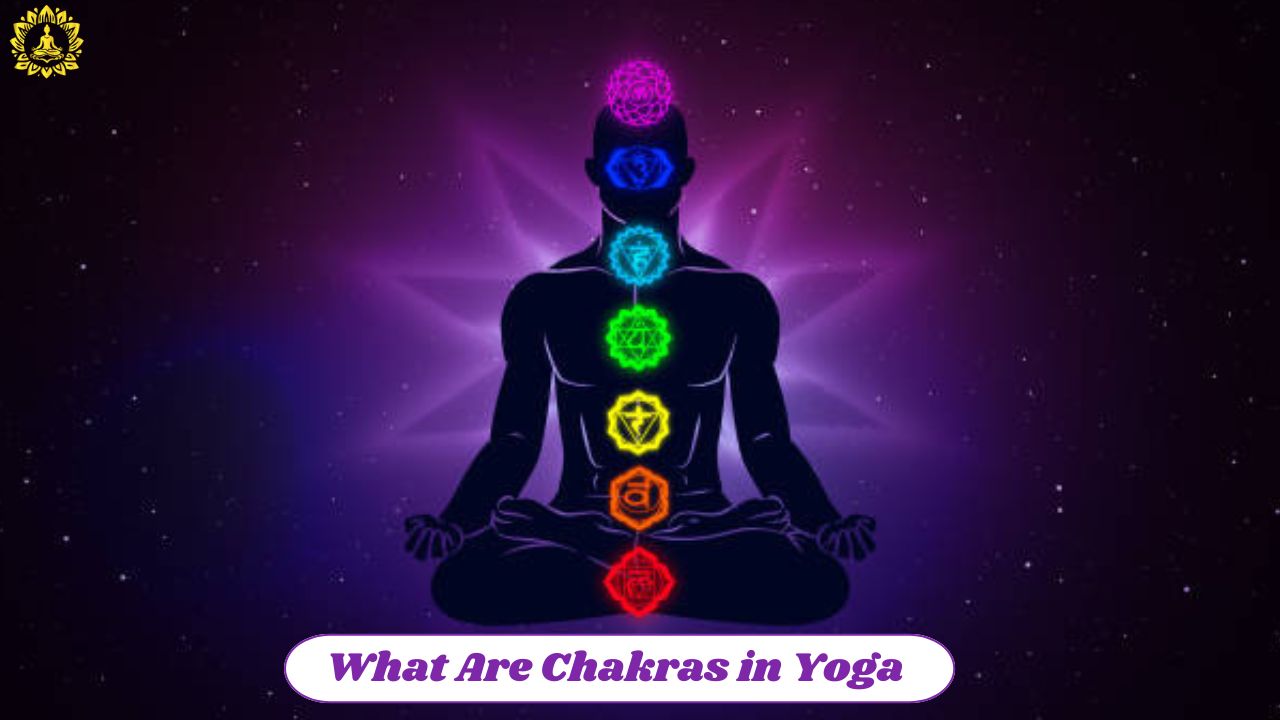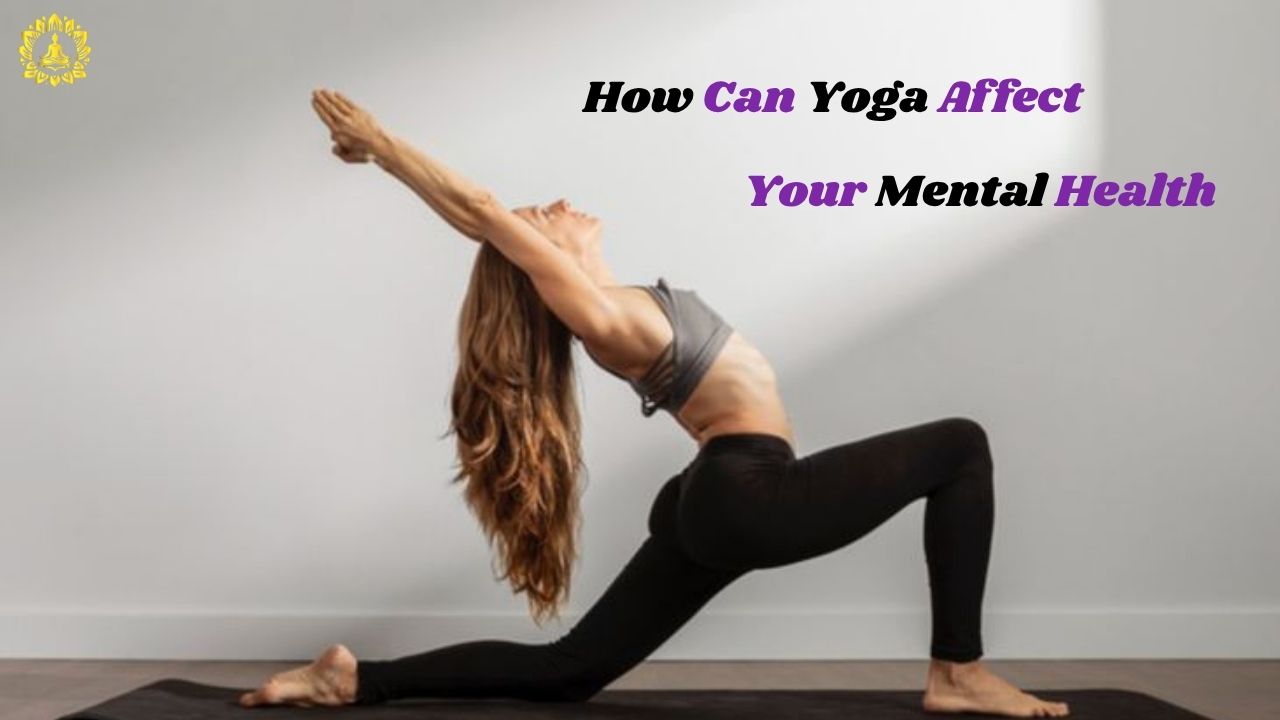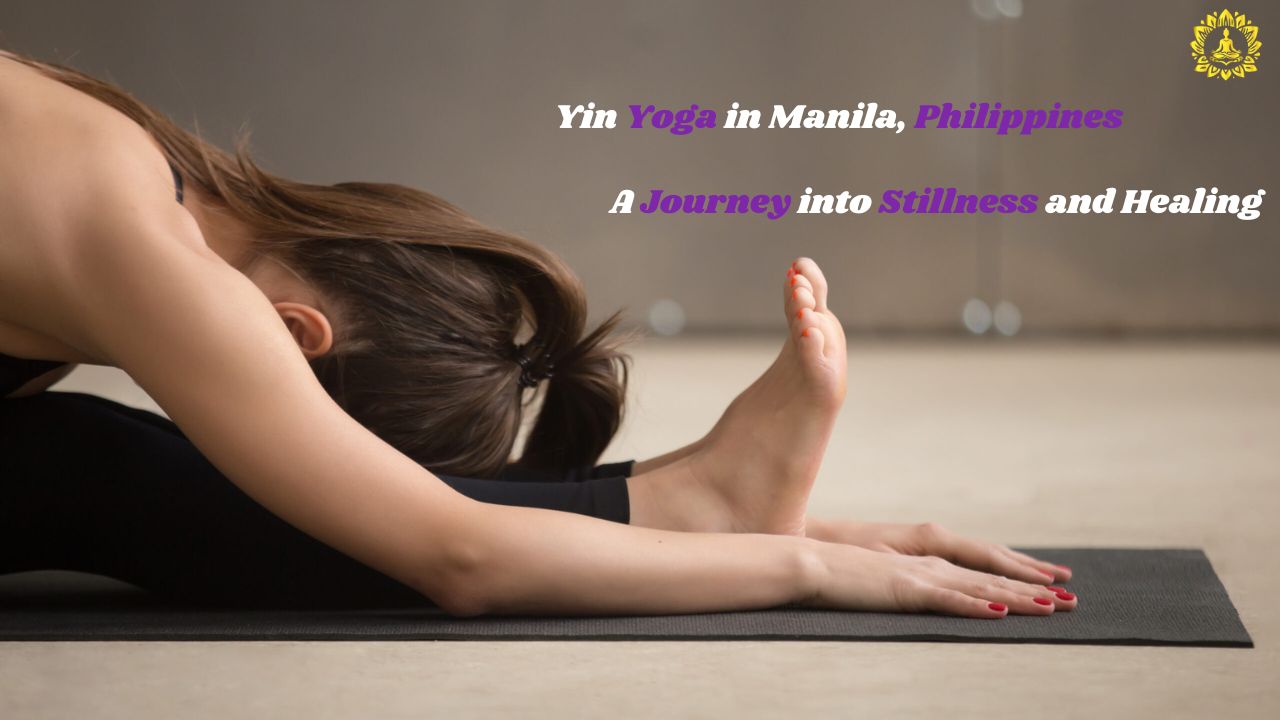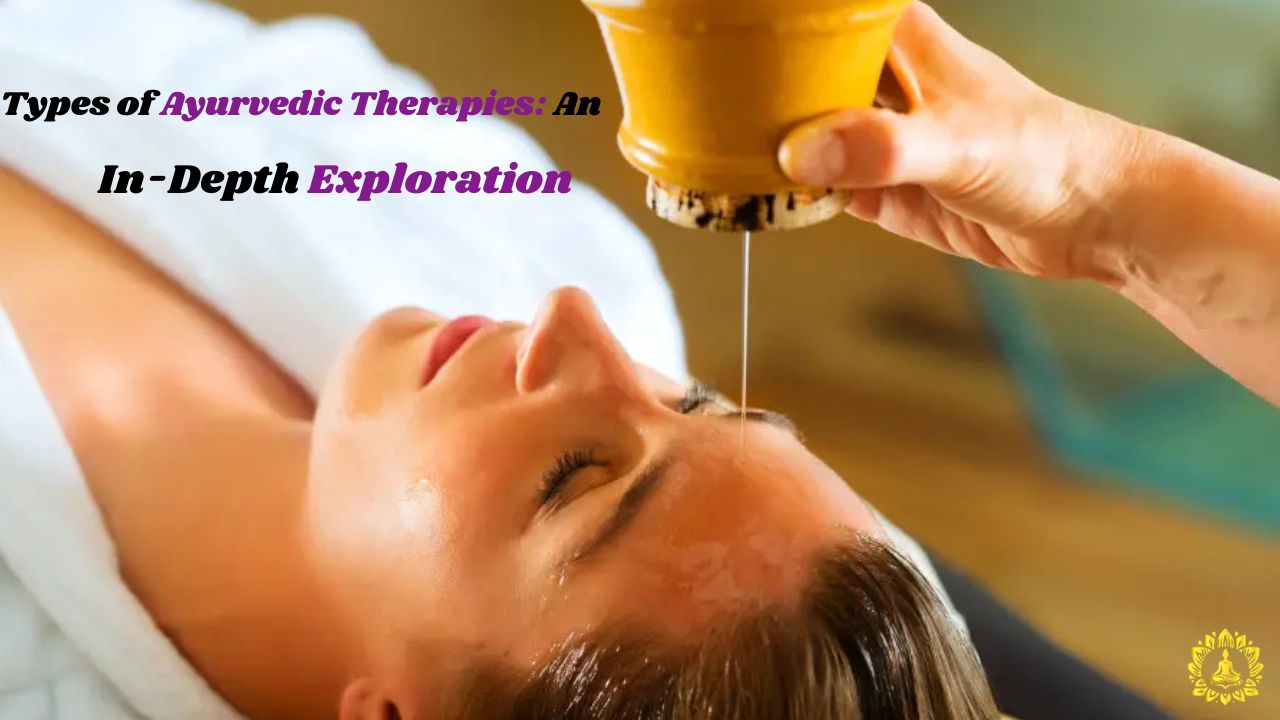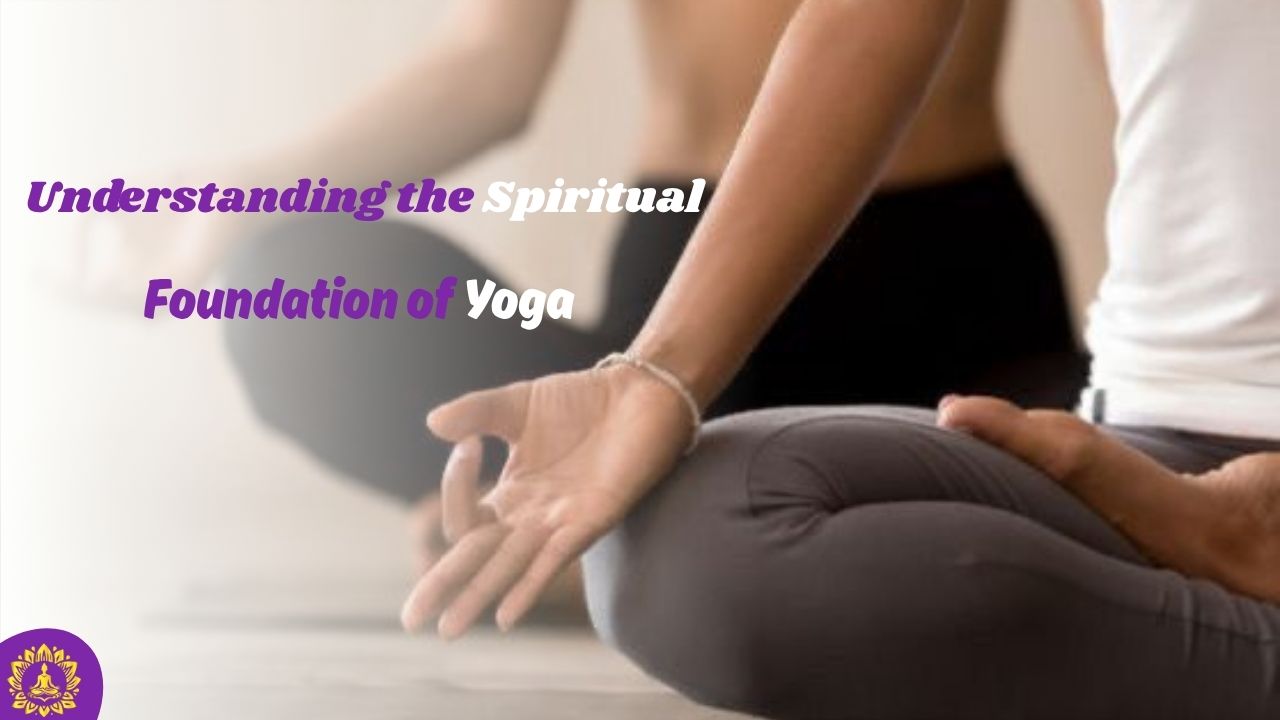Yoga in the modern world is the best way to achieve complete rejuvenation, calmness, and healing. This is the safest and most effective way to eliminate many diseases and imbalances. Whether practising in studios, open areas, or even at home, the key to a good life is consistency. You must be familiar with the basics of yoga and practice them regularly. Practising Yoga at Home will not only improve your mental, physical, and spiritual health but also help in getting the much-needed consistency. It helps in creating a comfortable space for your daily practice.
Although yoga schools and studios provide a global community and helpful guidance, practising Yoga at Home helps in providing freedom, privacy, flexibility, and a daily routine. It also gives you a space where you can connect your mind, body, and soul according to your needs. Whether you are new to yoga or have a lot of experience in the yoga field, doing Yoga at Home helps in creating a profound connection that is helpful for your mental clarity, spiritual growth, and physical health.
Yoga at home is known for its most rewarding output with minimal commitment. You can create a powerful place at your home that supports transformation, strength, and healing. At home, you don’t need to be perfect; you just need self-love, commitment, and sincerity. It is important to build a meaningful and safe practice at home that nourishes your soul and rejuvenates you mentally, emotionally, physically, and spiritually. This article will give you a detailed explanation of how to start Yoga at Home, along with your needs, session structure, and consistency.
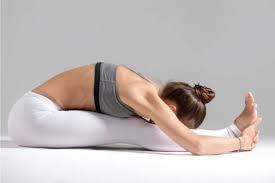
Why Practice Yoga at Home?
The answers to the above question are:
– You can practice anywhere and anytime at your convenience.
– You don’t have to pay for the yoga studios, classes or membership.
– You can have full privacy over your practice and learning.
– By integrating yoga into your daily routine, it becomes easy to be consistent.
– You can customise your yoga session as per your needs, time, mood, energy level, and goals.
How to Start Practising Yoga at Home?
Before practice Yoga at Home, remember these things:
Create a Dedicated Space
You don’t need a big space for yourself; you just need a space which is clean, free from noise, and a space which can help you in your yoga learning. Finding a space in which you can freely move your arms and legs by lying down on a yoga mat is good enough.
The first step in building a home yoga practice is setting up a calm, clutter-free space. It doesn’t need to be big—just enough room for a yoga mat and freedom to stretch your arms and legs comfortably. It’s better to choose a tranquil space with natural light, also you can use candles, incense, or even soft lighting to make it more cosy and peaceful. Make that place a happening and energetic place for yoga practice. The place must make you feel balanced and concentrated.
Gather Basic Yoga Tools
Practising yoga does not require many tools. These tools are necessary equipment for your safe and optimum yoga practice. You can start yoga practice of yoga with simple items such as:
– Choose a cushioning and a good yoga mat
– For alignment and support, use blocks
– You can also use the strap for a good stretch
– Purchase a good-quality cushion or bolster for meditation or restorative poses.
– Use of a blanket during relaxation helps in adding comfort
Start with a Simple Routine
As a Beginner Yoga practitioner, you should start with a very simple routine that involves very basic yoga poses for shorter durations. These self-guided, simple routines can be very powerful and transformative. For guidance, you can use mobile applications and YouTube videos. But do as per the limit of your body. Some of the basic Yoga pose structures are:
Starts a 2-minute deep breath
Start warm-up with gentle yoga poses.
Focus on balancing and strength-providing poses for 5 to 10 minutes, such as Tree, Triangle, Warrior, etc.
Can also do seated poses such as hip openers, twists, and forward bends for 5 minutes.
It is time to cool down with reclining twists and legs-up-the-wall
Then end the yoga session with relaxation poses such as meditation or Savasana.
Listen to Your Body
Without a guide or yoga instructor, it’s important to take care of your body. Don’t stretch yourself beyond the limit, which can result in injury. You are responsible for how your body feels and what yoga will affect it. Various points to be noted while doing Yoga at Home are:
Do not push yourself into any discomfort or pain.
Do as per your energy and flexibility.
Whenever you get exhausted, rest in Balasana or Child Pose.
For deep practice, focus on your breath.
Don’t overburden yourself.
Include Pranayama or Breathing Exercises
It’s important to include breathing exercises or pranayama in your daily routine. It helps in incorporating stillness and clarity in your mind and body. At least 5 to 10 minutes of various Pranayama techniques, such as Nadi Shodhana (Alternate Nostril Breathing), Bhramari (Bee Breath), Anulom Vilom, and Ujjayi (Victorious Breath), are important. These techniques help.
Balancing energy.
Calms the nervous system.
Relieves tensions and anxiety
Builds focus and inner heat
Use Online Resources Wisely
You can explore various useful guides and videos available on the internet on YouTube, Yoga apps, and online courses and learn and practice from them. Once you attain a good confidence level, you can build your sequence. However, it is necessary to focus on one tutorial only. Avoid jumping from one to another without listening or practising. Stick to one course and do not jump to others frequently.

Establish a Fixed Routine
Discipline is always the key to a good yoga practice at home. Being consistent or building a fixed routine is necessary. It is one of the major challenges of practising Yoga at Home. Treat your yoga session at home as important work. Starts with yoga in the morning session. You can also use tracker apps. In case you miss one day, don’t let yourself down and start the next day with more enthusiasm.
Experiment with Styles
At home, you can explore and practice various forms of yoga at your convenience. Try out various styles for various results. Don’t stick to one style as it may lose interest after some time. Various yoga forms are
Vinyasa Flow: Dynamic and fluid
Hatha Yoga: Gentle and traditional
Ashtanga Yoga: Structured and energetic
Power Yoga: Strength-focused and fast-paced
Yin Yoga: Deep stretching and long holds
Restorative Yoga: Relaxation and Healing
Include Meditation and Mindfulness
Yoga at Home is incomplete without meditation and mindfulness activities. At home, you can give a time span of around 5-10 minutes daily. It helps you to stay focused, calm, and relaxed. Also, do chanting or repeating mantras for better concentration.



